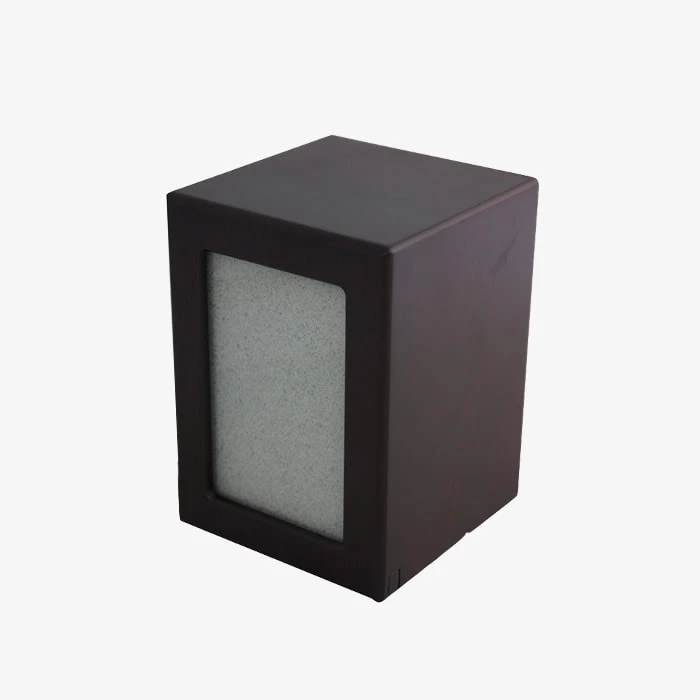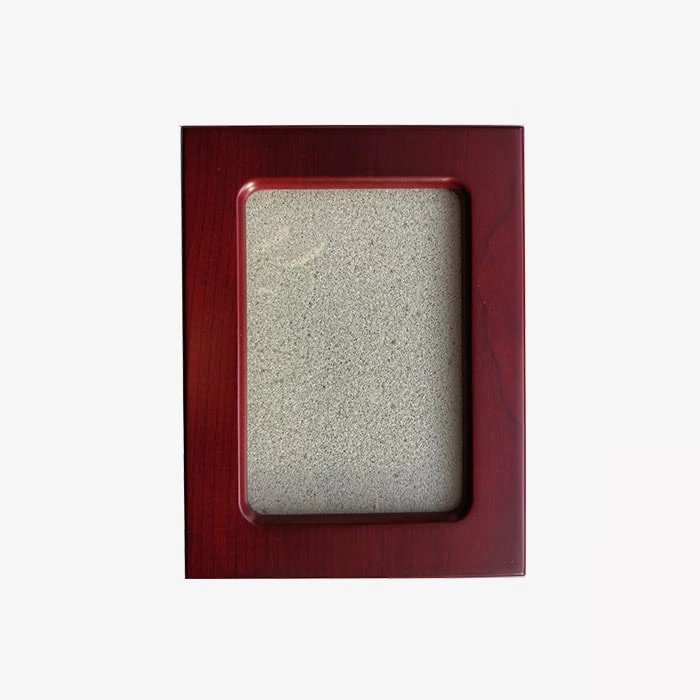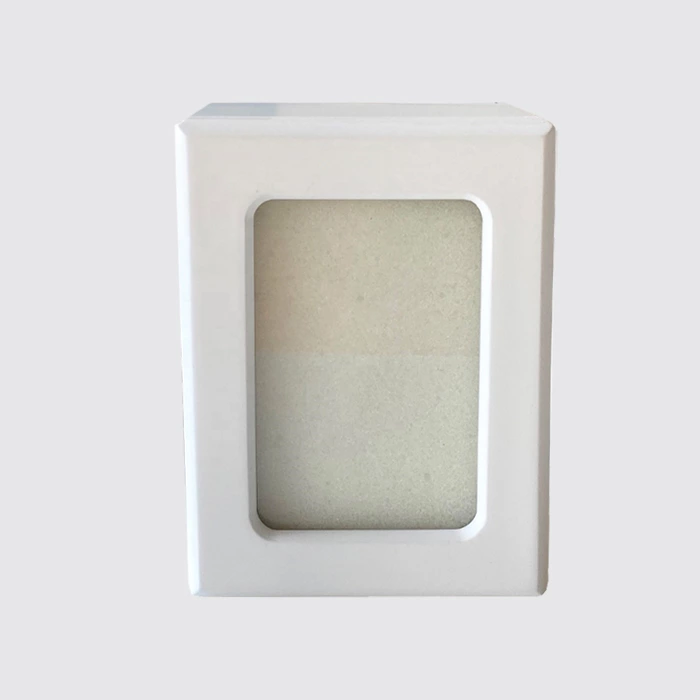Understanding and Preserving Your Pet Ashes
It is common for pet owners to seek advice on various aspects of pet cremation, including how to choose cremation urns and how to properly store them. Some pet owners may not have considered the issue of pet cremation until it's too late, leaving them unsure of what to do with their pet's remains after the cremation process.
In reality, pet cremation ashes are an essential part of the aftercare process for pets. They serve as a precious memento for their owners, and it is crucial to handle them with care.
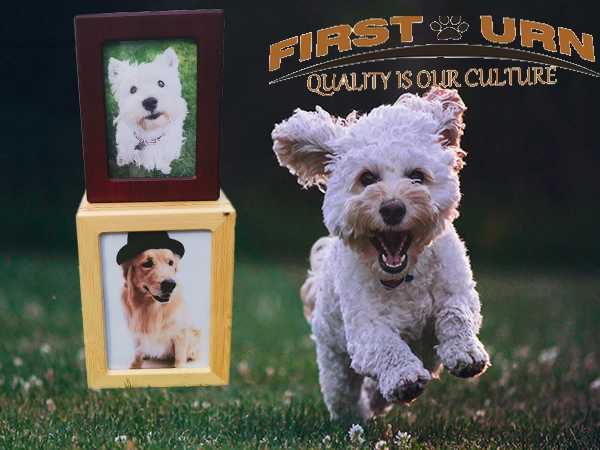
Are ashes powdery?
Most of us think that the substance left after burning a living thing is the white powder we see, which is a delicate powder similar to pearl powder. In fact, ashes after burning are chunky, and some can even discern the shape of bones. Because they are brittle, they easily break with light pressure.
Moreover, ashes that appear as powder are the result of post-processing, such as mechanical processing or manual crushing, which makes them easier to store in smaller urns.

What color are ashes?
The ashes of normally cremated pets are usually pure white or grayish-white. A few pets may produce ashes of other colors.
Generally speaking, the colors of pet ashes can be divided into the following categories:
White: White is the most common color of pet ashes. It is usually formed from the calcium and phosphates in the bones.
Gray: Gray is another common color of pet ashes. It is usually formed from the minerals and other substances in the bones.
Black: Black is a less common color of pet ashes. It is usually formed from iron or other metal elements in the bones. Also, black ashes are caused by long-term erosion of cancer cells or other diseases on pet bones. So, if you are worried about the color of your pet's ashes, you can consult a veterinarian or professional pet cremation service agency.
Other colors: Pet ashes can also appear in other colors, such as red, blue, green, etc. These colors are usually formed by the pet's blood, tissues, or other substances. For example, yellow and red organic matter attached to cat and dog ashes are usually caused by long-term drug residues;
Some pets have stone crystals or solid tumors in their bodies, which are difficult to burn and need to be manually sorted and peeled off. These special ashes also represent the long physiological pain these small animals suffered in their lives.
Little knowledge sharing:
Here are some specific factors affecting the color of pet ashes:
Type of pet: Different types of pets have different mineral contents in their bones, so the color of the ashes will also differ. For example, cat ashes are usually white or gray, while dog ashes are usually gray or black.
Age of pet: Young pets have a higher mineral content in their bones, so the color of their ashes is usually deeper. Old pets have a lower mineral content in their bones, so the color of their ashes is usually lighter.
Health status of the pet: Pets with diseases may have changes in the mineral content of their bones, so the color of their ashes may also change. For example, ashes from pets with kidney disease are usually red.、
Cremation method: The higher the cremation temperature, the darker the color of the ashes. For example, ashes after high-temperature cremation are usually black.
The color of pet ashes has no special meaning. It is just a trace of a pet's life and a symbol of the owner's love for the pet.
Indeed, pets are silent and cannot express pain. Owners can only try to provide them with a good living environment and dietary habits, keep them lively and healthy, let them get sick less and suffer less.
"Did my baby die of illness, do the ashes carry germs?"
The answer is of course no!
Long-lasting combustion at 2000℃ can only be achieved by professional equipment, not something that can be done by a few buckets of gasoline. The modern crematorium is a complex machine that combines electrical systems, mechanical transmission systems, and gas systems. We need to constantly adjust the pressure and oxygen supply in the furnace to ensure that the pet's body is fully burned and that the exhaust gas meets emission standards.
After such high-temperature incineration, all bacteria and viruses have been killed, leaving the purest ashes. So you don't have to worry about babies and the elderly at home, your baby's ashes are clean and safe.
Assuming my pet died with an illness, do the ashes carry germs?
But my pet was cremated at 2000 degrees Celsius, the germs were long deactivated!!
Yes, you're right. High temperatures of 2000 degrees Celsius can effectively kill all germs, including rabies virus, toxoplasma, etc. Therefore, you can rest assured that your pet's ashes will not carry germs.
According to the recommendations of the Centers for Disease Control and Prevention (CDC), pet ashes cremated at temperatures above 1800 degrees Celsius for at least 30 minutes can effectively kill germs. Therefore, your pet was cremated at a high temperature of 2000 degrees Celsius, and the germs were long deactivated.
Of course, for safety's sake, you can consult your local veterinarian or professional pet cremation service agency. They can provide more professional advice based on your specific situation.
How to store the urn?
Firstly, if you want to keep the ashes for a long time, choosing a suitable size, moisture-proof and corrosion-resistant urn is the first step. We provide professional urns of various types, of course, you can also prepare your own container.
Secondly, pet owners bury the ashes in a flower pot or land, plant a life tree or flowers, let the life of the pet continue and bloom, adding a touch of green and beauty to the environment
Next, some owners make the ashes into diamonds and embed them in necklaces they carry day and night. This is because pet ashes contain carbon, and extracting 100 to 150 grams of carbon can make about 1 carat of diamonds.
If you don't know where to put the ashes, come here and choose a small cemetery, let's build a quiet garden for the pets together, bury the ashes deep in the soil, and let the baby rest. By choosing a pet cemetery, we can regularly worship and remember.
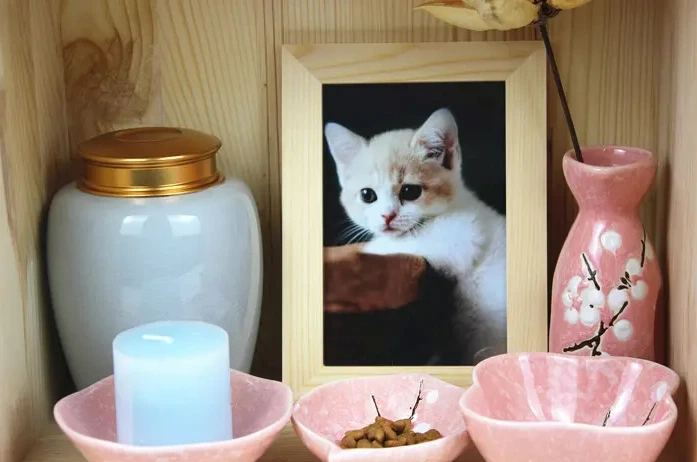
Many people feel that ashes are cold and gloomy, frightening. In fact, owners who have experienced separation know that ashes are a part of pets, cherish them well, store them properly, and consider them as gifts left to us by our babies after they leave.


